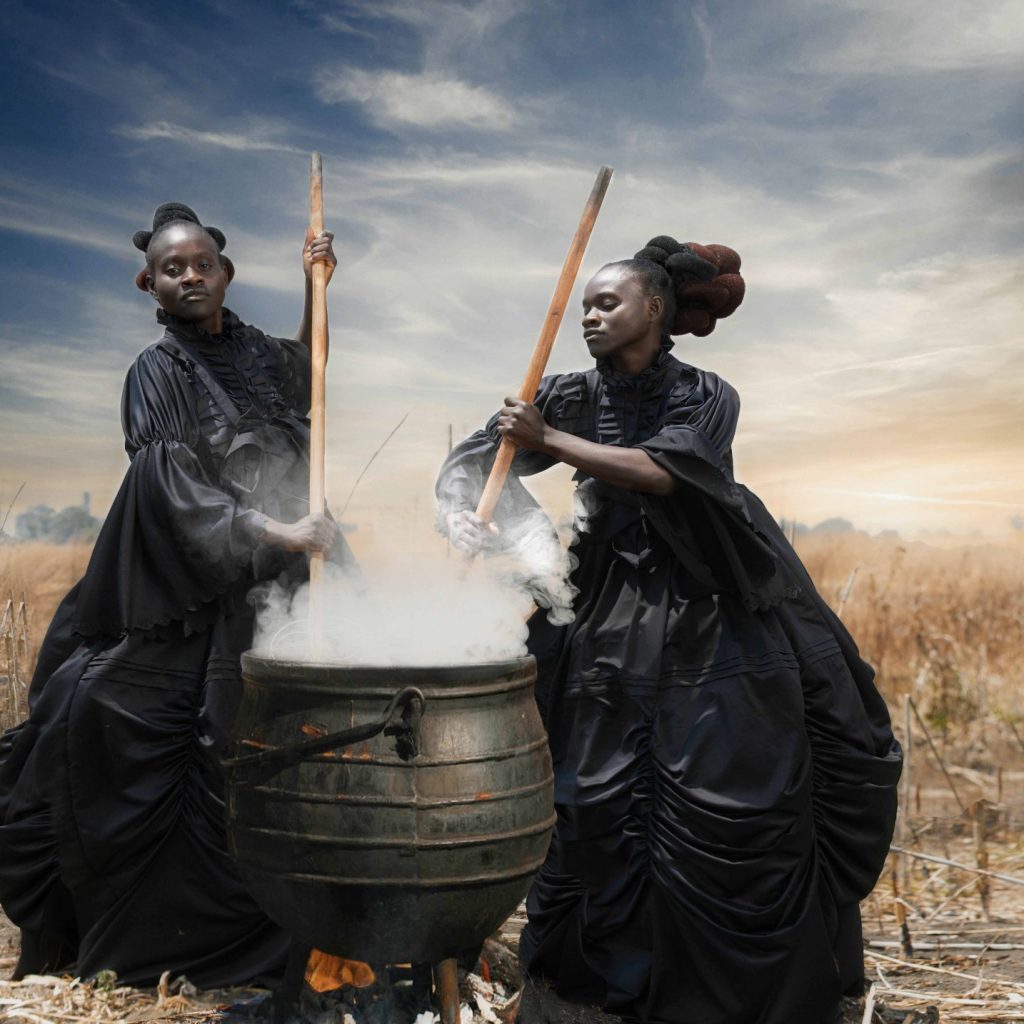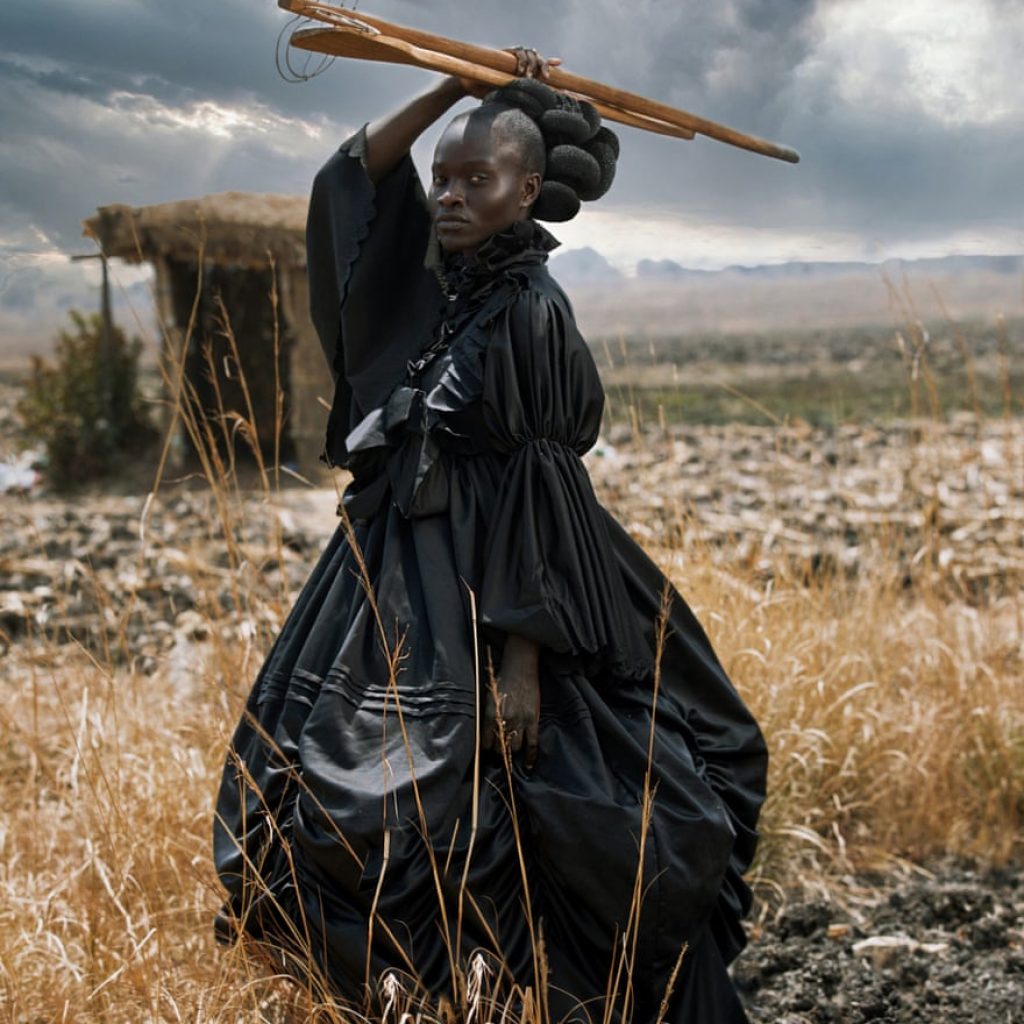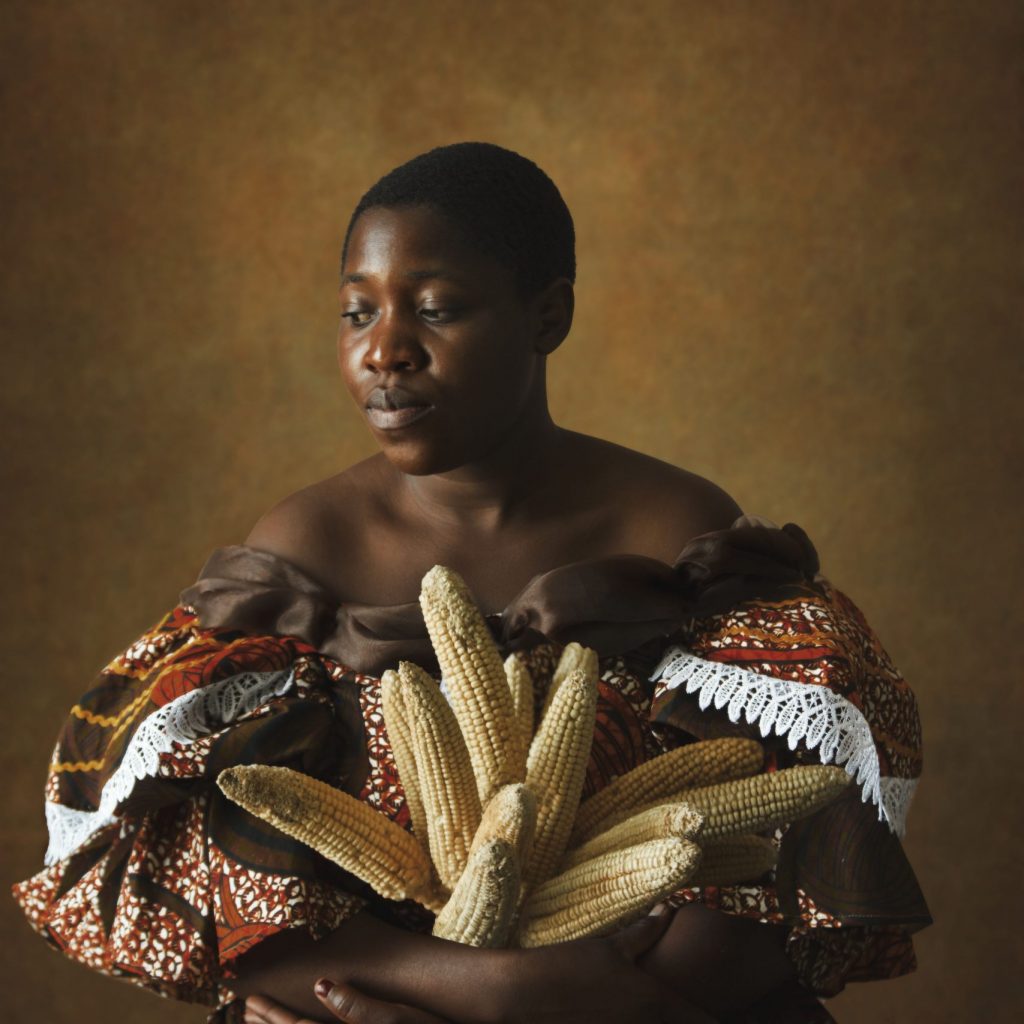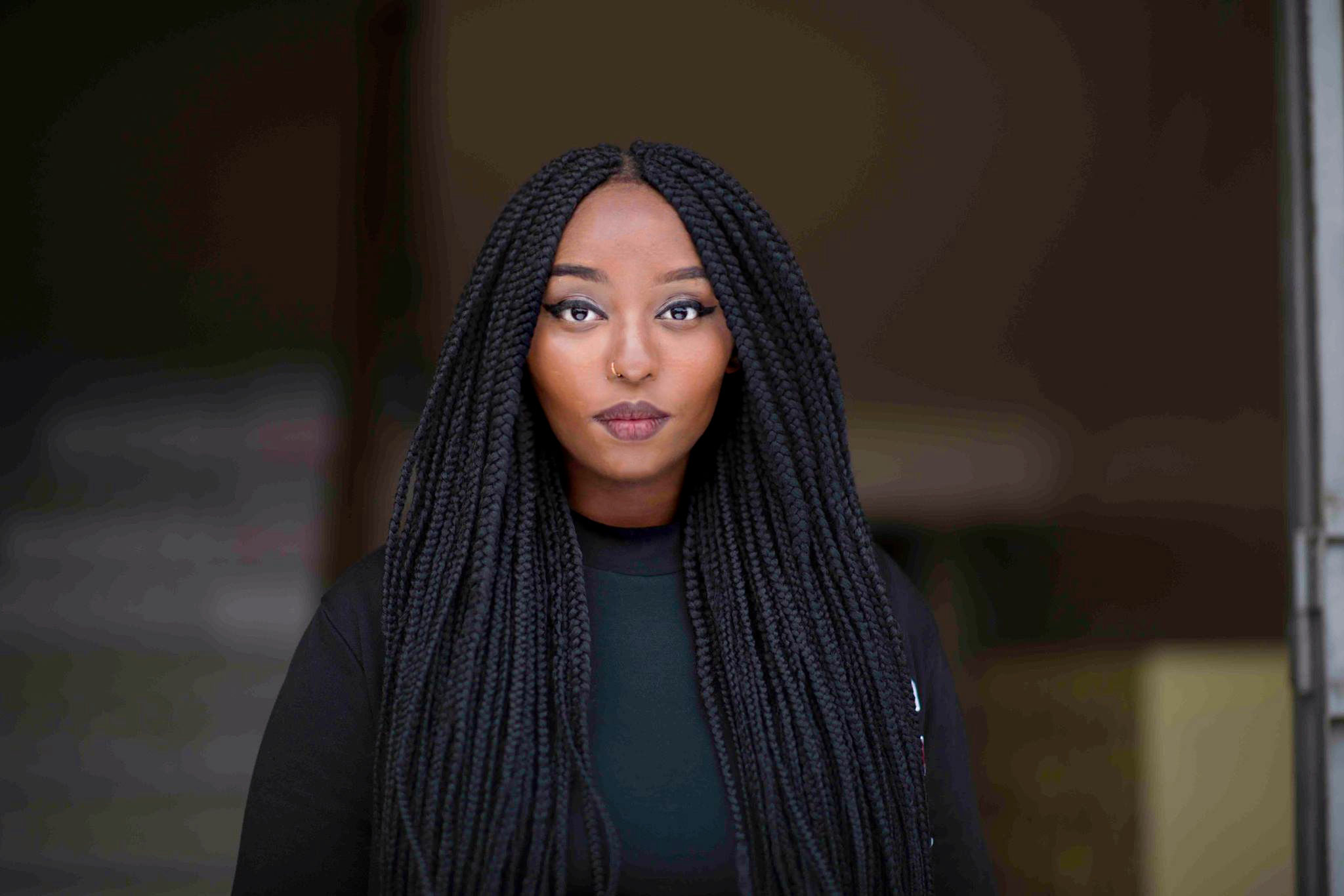ZIMBABWEAN photographer Tamary Kudita’s image titled “African Victorian” won the overall open competition honour at the Sony World Photography Awards recently.
The Daily News on Sunday had the opportunity to speak to Kudita on a number of issues concerning her career and the award in particular.
Below are the excerpts of the interview:
Q: Who is Tamary Kudita?
A: I like to think of myself as a visual activist who uses the camera as a tool. I believe that photography is likened to perception; therefore the image is to be seen as a composite of signs. Its meanings are multiple and most importantly constructed.
I saw an opportunity to become a photographic author who could use the medium to craft visual renditions of reality especially in a climate where one-sided narratives are advanced.
Q: Is photography your career path?
A: Yes I am a full time visual artist.
Q: Which photographers influenced you, how did they influence your thinking?
A: I am mostly inspired by Zanele Muholi. Subversion is implicit in my elected mode of practice and my choice of representation demonstrates a subject position congruent with her work. She seeks to tell a transparent narrative about black lives by constantly unsettling the comfort zones of racial and cultural memory. I believe that photography oscillates between the documentary and the artistic.
On the one hand, it is a snapshot of reality; on the other hand, it is an aestheticised construction of reality, or a metaphor. These are the parameters I have found myself operating in.

Q: What technology or software do you use?
A: It all boils down to a shortlist of fundamentals. These are the things that great photographers know inside and out, so that when the time comes, they can call this information into action to help them produce those winning images.
1. A Screen Calibrator
If you are planning on printing images, a screen calibrator device is a must have. The reason for this is that most people do not realise their screens are a few degrees colder or warmer or that they change over time.
The result is that when you are editing your images, they might look perfect on your screen and orange on someone else’s phone if it has not been properly calibrated for photography. A good calibrator can save you time and money with your editing.
2. The ‘nifty 50’
Almost every photographer owns this lens. The 50mm comes in all shapes and sizes and it is very versatile. Whether you are shooting products, portraits, close ups of fruit, or just general daily snaps, the ‘nifty 50’ is a workhorse. Amateurs and pros alike can attest that this piece of photography kit is definitely a must.
3. Multiple camera bodies
Having a second body means that if anything goes wrong you are covered, if something breaks, you are covered. A second body is about hedging your bets so that you will always be able to get the shot because you have got the equipment just in case.
A second body should be as good as your first body, but if it is not quite the same or it’s a newer one you are getting the hang of, that works too.
4. Post processing
I believe that post-processing is a tool that a photographer can use to help their images more closely resemble what their eyes witnessed as they took the photos, or go further to enhance the mood or tell a story. It is a creative technique that has been around for as long as photography itself. It is a simple fact that straight out of your digital camera, your images do not look anything like the original scene they captured.
Post-processing helps bring back that beauty by adjusting things like contrast, brightness, sharpness, and saturation. With programmes like Adobe Lightroom, you can do things like dodging and burning, which means to selectively lighten or darken parts of an image in order to direct your viewers’ attention where you want it to go.
Those are my core fundamentals. Some of them can be understood in a short period of time, and others will take a lifetime to master. But the good news is that you never stop learning.

Q: Do you do your work in a professional studio?
A: Yes, I do. I like to alternate between studio photography and outdoor photography depending on the concept I will be trying to portray.
Q: What details do you believe make the best photographs?
A: The first is concept development. Think about communicating what we each experience in our everyday lives and bringing those unique moments to life through photographs. I believe that the most powerful images come from confronting distorted narratives.
So, find your inspiration. Lighting is very critical too. Great lighting is key when it comes to image making. Light has the ability to set the mood of the image therefore you should take advantage of whatever light source you have at your disposal.
I usually love shooting in overcast weather because of the diffused light which complements my models. Additionally, you should be aware of the background. Include variation and do not be afraid to change up the scenery keep practising; practising has a ripple effect because the more you practise something the better you become, which increases your confidence allowing you to take more risks.
Q: What do you consider to be your best shoot and why?
A: The artwork I enjoyed creating was the first ever piece for my African Victorian series. Initially, I had not envisioned creating a series but as the artwork unfolded I saw potential development for an African women- themed series that could be stretched cross-culturally, each showing unique points of view.
African Victorian was created in direct response to one of Rembrandt’s paintings titled ‘Saskia as Flora.’ In this image, I wanted to portray the women in Rembrandt’s life.
Approaching this complex theme in the artist’s private life I chose to use one model to play the role of the woman. In an attempt to demythologise my recreations of Rembrandt’s work, I decided to borrow local African elements such as African print material and domestic tools such as a sweeper (mutsvairo), to add a layer of complexity whilst maintaining relatability. I thought about the image of the black female in western art and what it would mean to place an African woman in the realm of mainstream art history. Creating the outfit was the most exciting part.
I drew sketches of the model’s costume then I worked with a local designer to make these designs come to life. Reconfiguring the African dress into Victorian attire was the most significant part because in doing this, I inverted the power indexed by Victorian dress, whilst using clothing to unpick inherited binaries affecting our understanding of differences of the post-colonial identity.
Q: Any challenges you are facing in pursuing your career in photography?
A: One of the personal challenges I faced was finding my target audience. It can be really difficult since feedback plays a very important role especially at the beginning, but the more I started to create, the more my audience grew.
Talent and persistence come as a package, and having your own outside the box path can take you to new heights whilst staying rooted in your identity.
Q: What is the significance of winning the Sony World Photography Award? Can you say you have succeeded in fulfilling your dreams?
A: I am still working on my long term goals, but so far I would say that I am on the right track.
Q: How was the World Photography Organisation competition?
A: It was wonderful getting to connect to a wider audience.

Q: What art disciplines did you study?
A: I studied a bachelor of fine art which involved disciplines such as painting, sculpture, animation, printmaking and photography.
Q: Is it true that you own an art gallery in Harare? When exactly did you start running it?
A: I currently do not have my own gallery but I have exhibited at various local galleries. I do, however, have a framing company called Tammys Antiques.
Q: What have you lined up for 2021?
A: I want to continue exhibiting internationally. I also want to give back to the photography community by bringing a course which will serve as a guide on how to succeed in the art world.


